
Bears are iconic figures. They are part of our cultural history: Teddy bears. They are beloved characters in children’s books: Paddington and Pooh. They have infiltrated our popular culture: “Lions and tigers and bears, oh my!” (Wizard of Oz) and “Bears, Beets, Battlestar Galactica” (The Office). And, of course, there’s the Chicago Bears.
But how popular would it be if black bears once again made their home in Illinois? That’s an issue that wildlife biologists are getting out in front of because, after more than a century of being gone from the landscape, black bears are becoming very rare visitors in Illinois.
Many people don’t realize that black bears (Ursus americanus) were once common in Illinois but were eliminated from the state by 1870. While there are currently no known resident populations of black bear in Illinois, the potential does exist for bears from populations in Missouri and Wisconsin to travel into the state in search of suitable habitat.
Black bears are large, highly recognizable omnivores. Their classic black fur can appear dark brown, sometimes with a reddish or cinnamon cast to the coat. Along with their tan muzzle, they may or may not have a small patch of white or light-colored fur on their chest. Typical length is four to six feet. Adults stand two to three feet at the shoulder when standing on all four paws and four to six feet when standing on their hind legs. Adult males are substantially larger than adult females, weighing between 250-350 pounds and 120-180 pounds, respectively.

Even though bears are very recognizable, when seen from a distance or during low light conditions, it is easy to misidentify an animal. In Illinois, large dogs, such as black Labrador retrievers, are the most common animals misidentified as black bears. When trying to identify an animal, keep in mind that adult black bears are substantially larger than dogs and they have a more rounded appearance. Black bears also have very short tails that are not usually visible since bears keep their tail tucked in close to their body. Additionally, most large dogs have slender legs and much smaller paws compared to bears.
Black bear tracks are easy to distinguish from others animals, because the hind feet are larger than the front feet, and the tracks will be much larger than any other wildlife track found in Illinois. The tracks of the hind feet are approximately 3.5 to 4 inches wide and 7 inches long, while tracks from the front feet measure approximately 3 to 4 inches across and 4 inches long. Black bears have five toes on each foot, each with a curved, 1.25-inch, non-retractable claw.
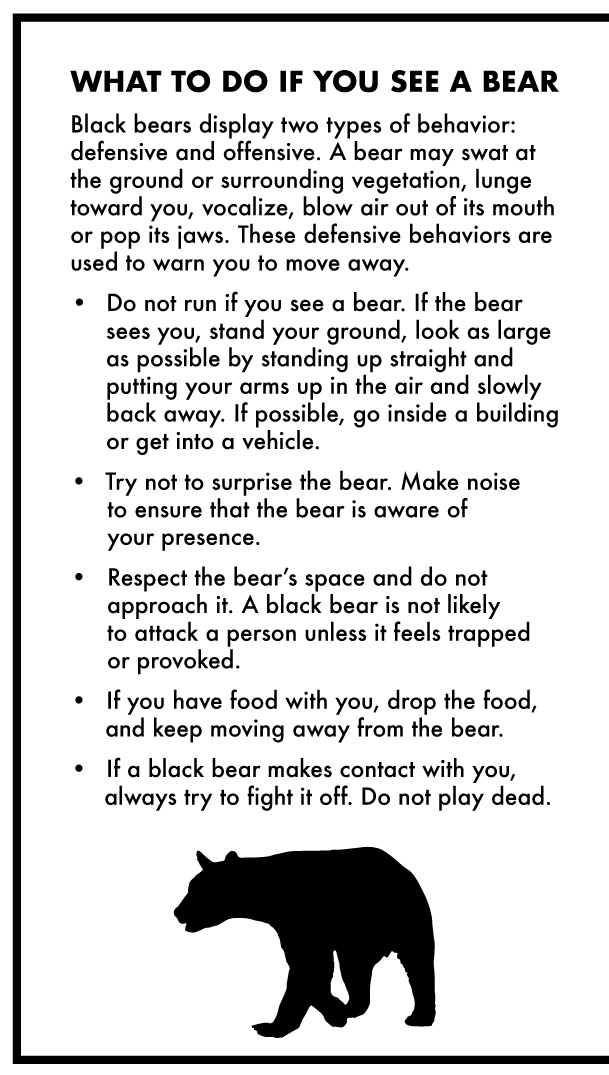
There have been four black bears confirmed in Illinois in the past few years. In 2008, a black bear was sighted multiple times moving through Bureau County. On February 3, 2009, officers from the Illinois Conservation Police, along with the assistance of a wildlife expert from the Quad Cities, captured the black bear, which was then transported to a USDA licensed facility in southern Illinois. The male bear weighed approximately 200 pounds and was in good health. The origin of the bear is unknown, but based on its condition at capture, biologists suspect the bear had been in human care prior to its release or escape.
In June 2009, a black bear wandered down the Iowa side of the Mississippi River, crossed into Illinois near Savanna, wandered north through Carroll and Jo Daviess counties, and then crossed into Wisconsin.
On May 26, 2014, a black bear was photographed at a residence near Galena in Jo Daviess County. The bear made its way east past Stockton, Freeport and Rockford. On June 10, 2014, it was spotted north of Belvidere in Boone County. It headed south and was seen near Genoa in Dekalb County. The bear then travelled past Rochelle, Chana and Morris in Ogle County. It returned to Jo Daviess County by late June 2014. Several unconfirmed reports of black bear have been received in northern Illinois since that time.
Most recently, in June 2019, a black bear was confirmed in Johnson County via DNA. Damage had been done to a collection of beehives and a genetic evaluation of the hair collected from the site confirmed the presence of a black bear.

Black bears have been protected by the Illinois Wildlife Code since 2015. This means that black bears may not be hunted, killed, or harassed unless there is an imminent threat to people or property. If you feel you or your property is being threatened by a black bear, contact the Illinois Department of Natural Resources (IDNR) to learn about options available to address potentiahl threats.
To protect people and bears, the IDNR is asking for the public’s help in reporting bear sightings. If you have recently seen a bear in Illinois, please report the sighting. Evidence is critical during efforts to identify the animal and the location. Provide any documentation including photos or video of the animal or tracks. When documenting tracks or other sign, be sure to photograph individual tracks as well as groups of tracks. Include in the image an object to aid in the determination of size including a ruler, tape measure or other common object of standard size (a quarter, pen, etc.). Also include images of the wider area where the tracks were found, including the tracks and other local features that can be located if the tracks are destroyed by weather. An IDNR biologist will review the information provided and use it to confirm the species and location of the sighting.
If other bears visit Illinois, you can help keep them wild. If a black bear is reported in your area do not feed it. Feeding a bear will lessen its wariness of humans and may encourage it to approach people, which will only cause problems. Bird feeders and grills should be stored inside at night or when not in use and food residue should be cleaned up. Garbage should also be secured and stored inside when possible.
While the likelihood of seeing a black bear in Illinois remains very small, perhaps one day this species will once again call the Prairie State home.
Laura Kammin is a Natural Resources Specialist with the National Great Rivers Research and Education Center. She formerly held positions at Illinois-Indiana Sea Grant, University of Illinois Extension, Prairie Rivers Network and the Illinois Natural History Survey. She received her master’s degree in wildlife ecology from the University of Illinois, Urbana-Champaign.






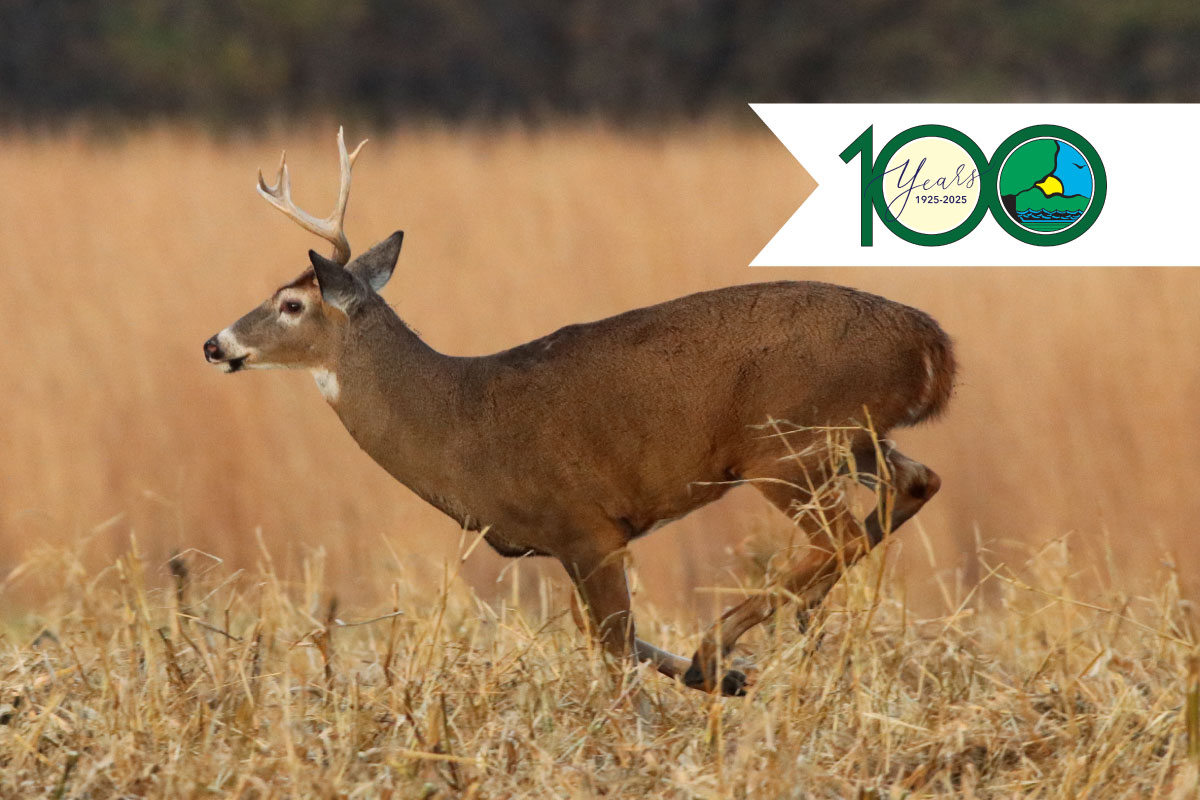
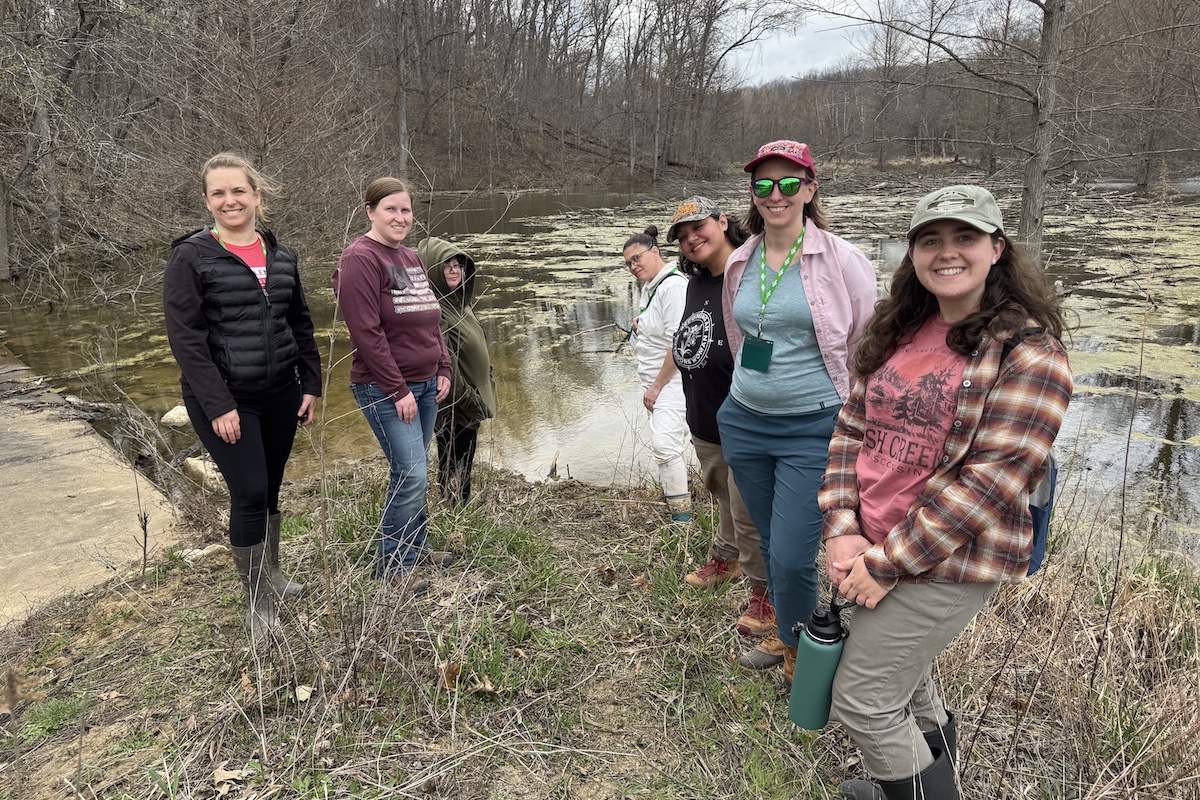
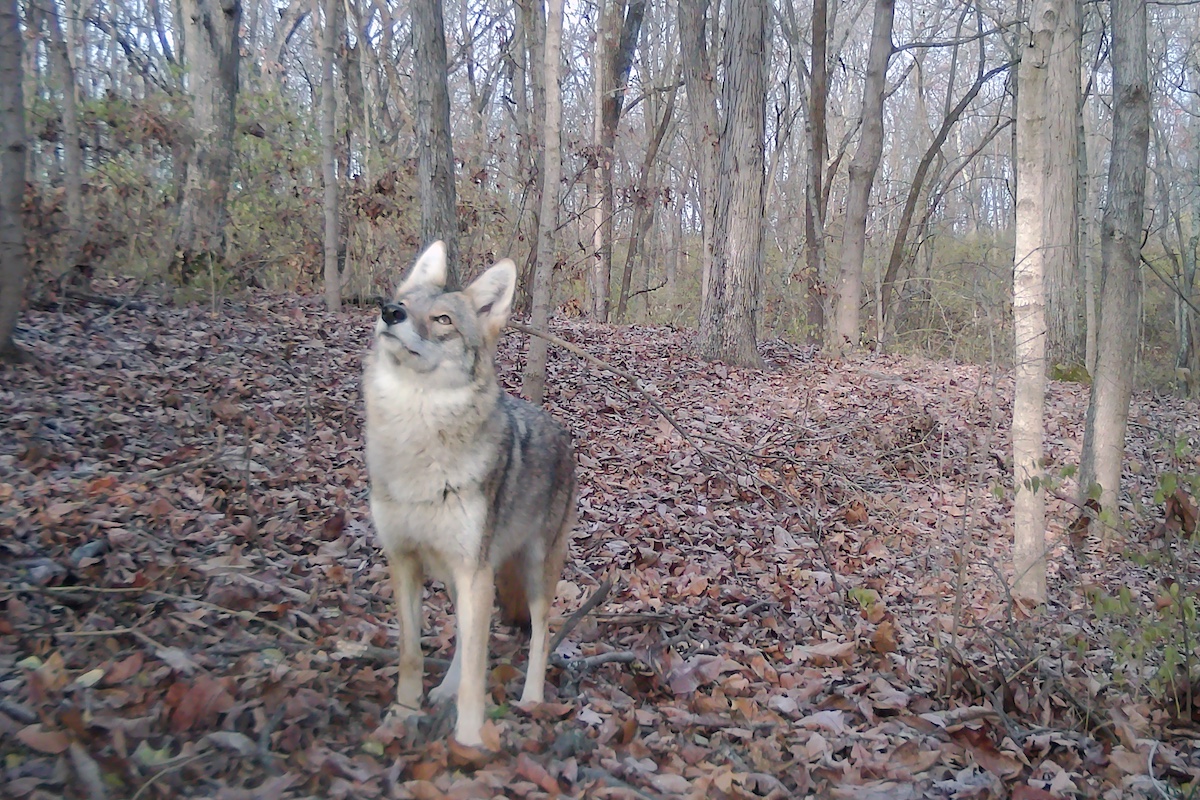
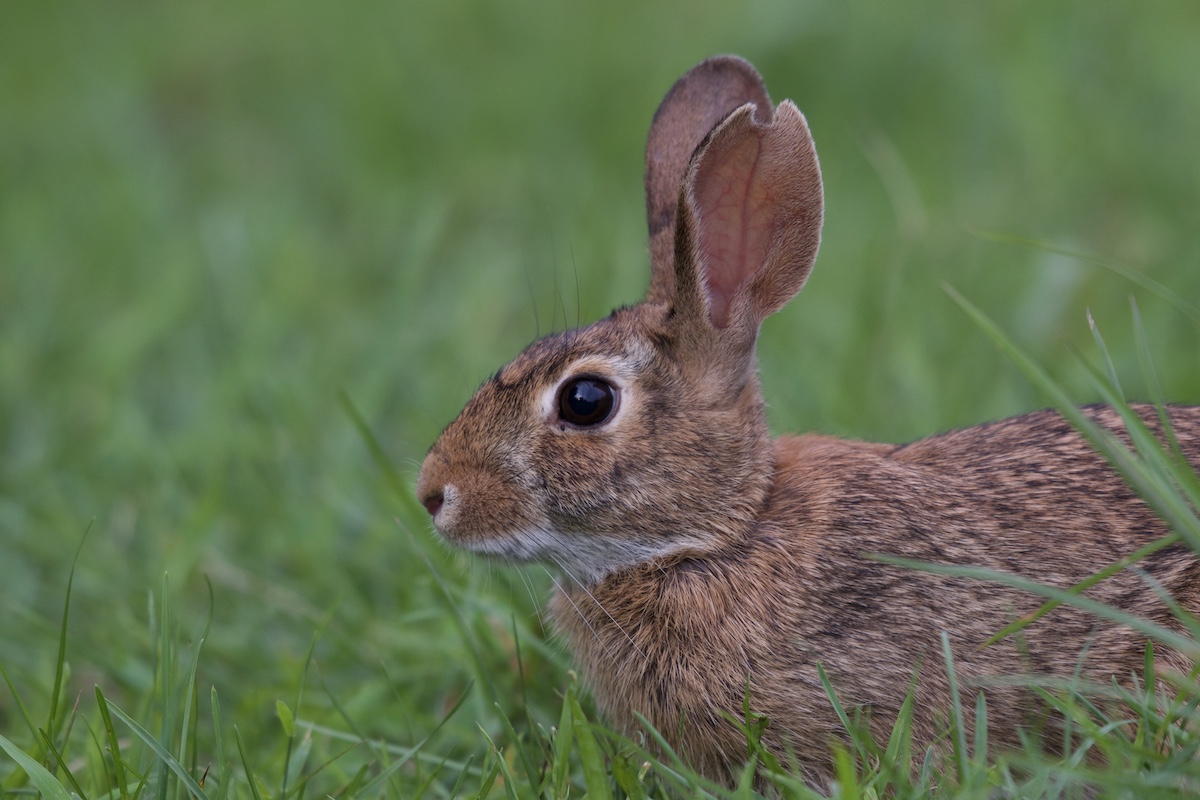
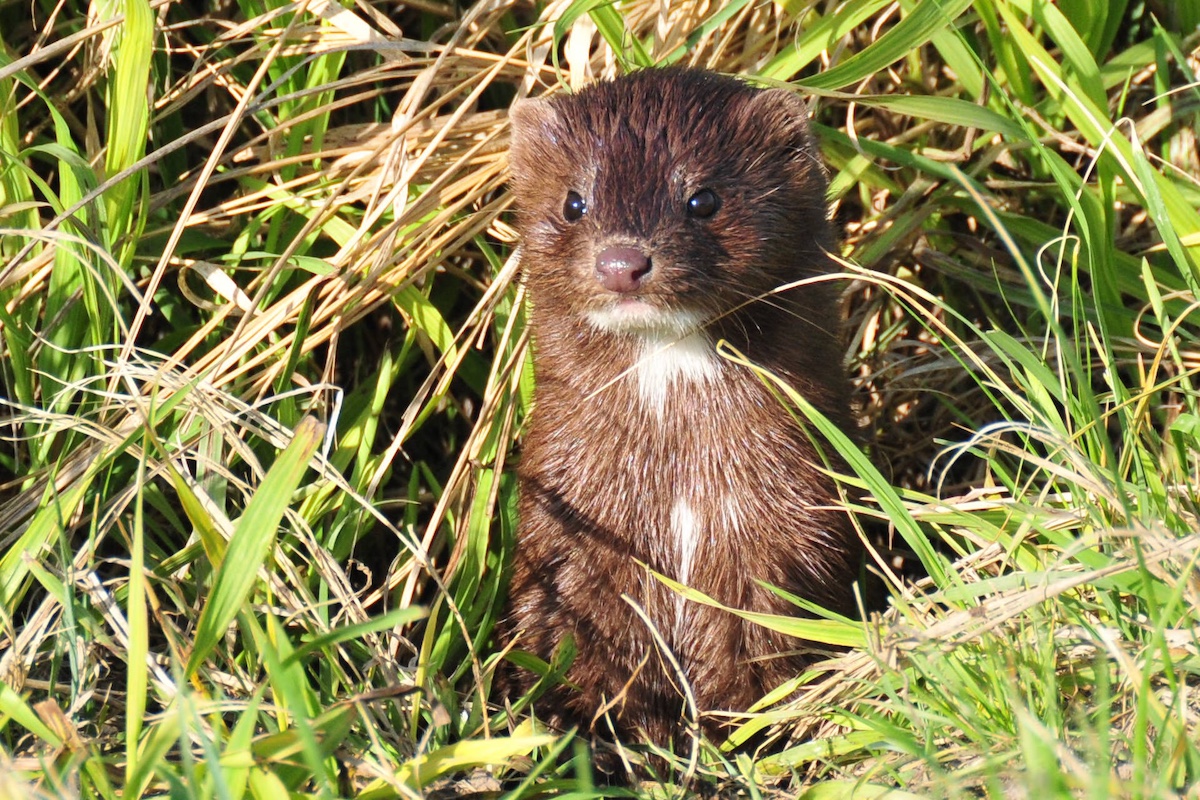
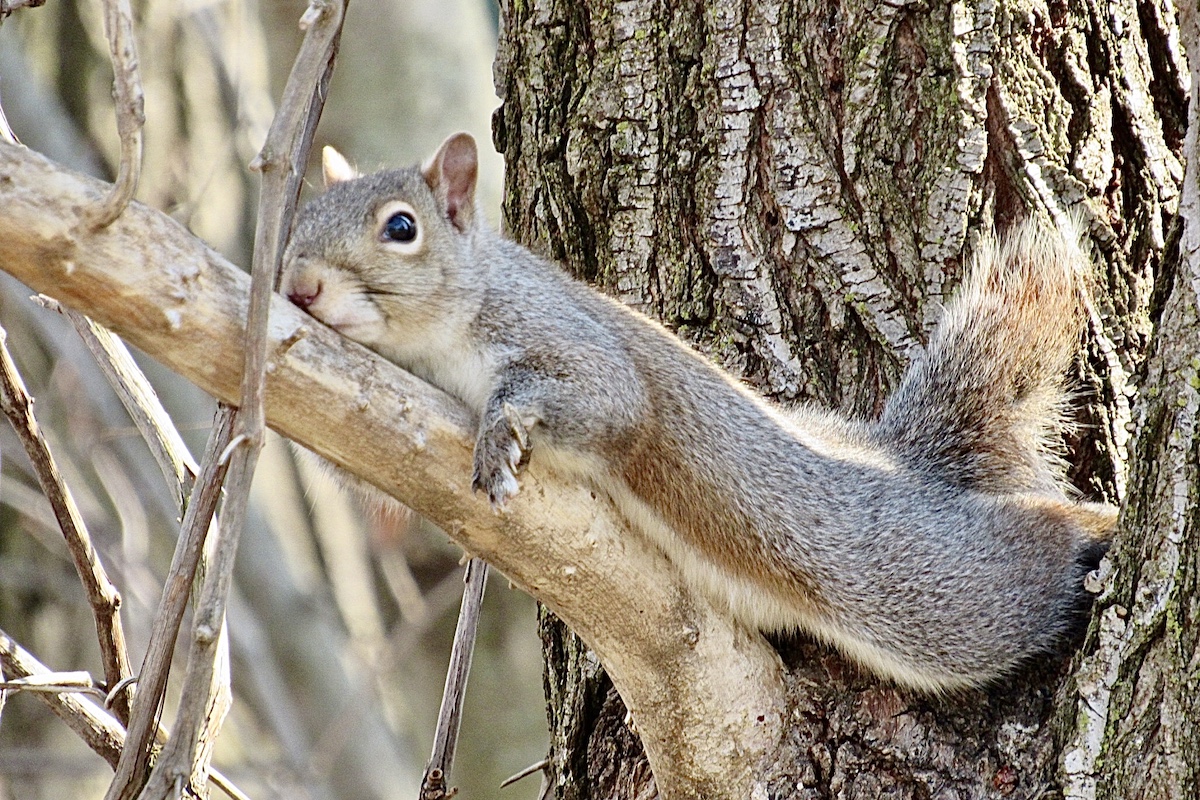




Submit a question for the author